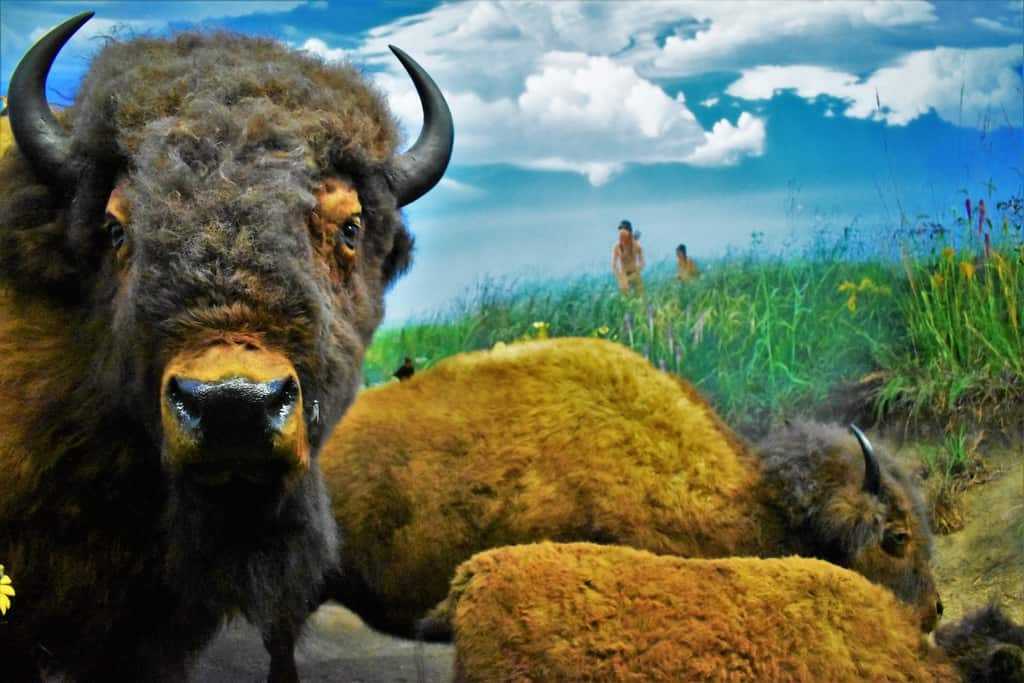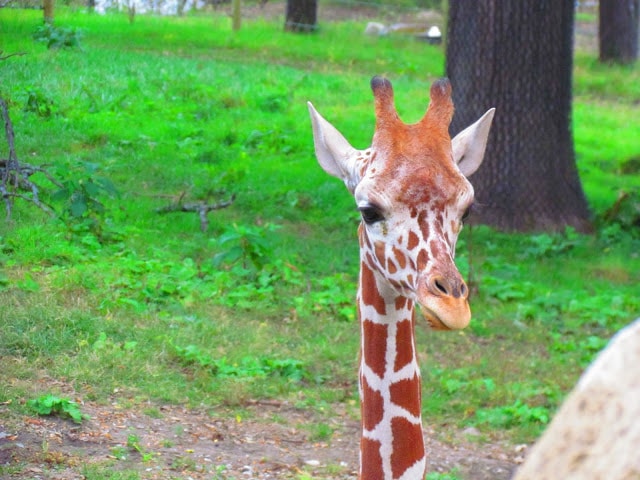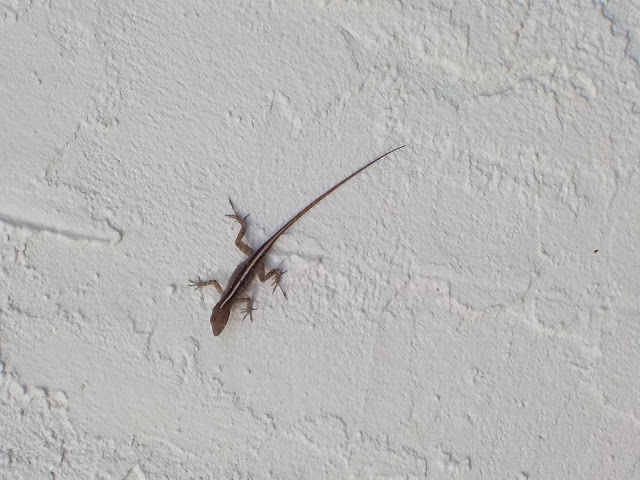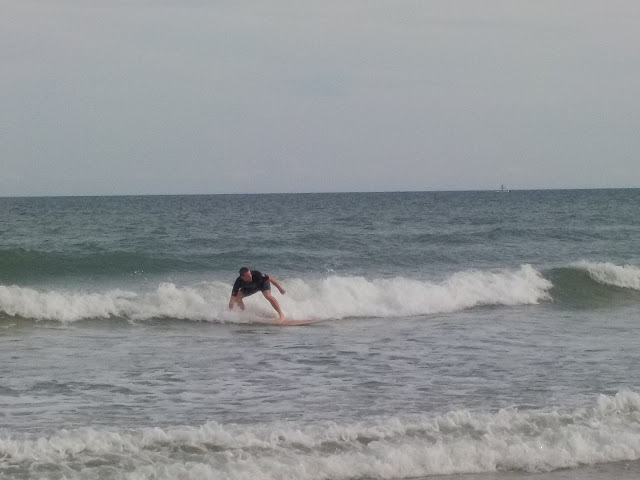One of the benefits of visiting state capital cities is the opportunity to tour the state museums. Most every city and town will have a historical stop that showcases the local history. It is the state museum that will fill out the details on the entire region. In Springfield, we discovered the Illinois State Museum sits in close proximity to the capitol, and both of these were easy walking distance from our downtown lodging. We dropped by the museum to see how their displays are piecing together the past.
We want to thank Visit Springfield and the Illinois State Museum for their hospitality. Rest assured all opinions are our own.
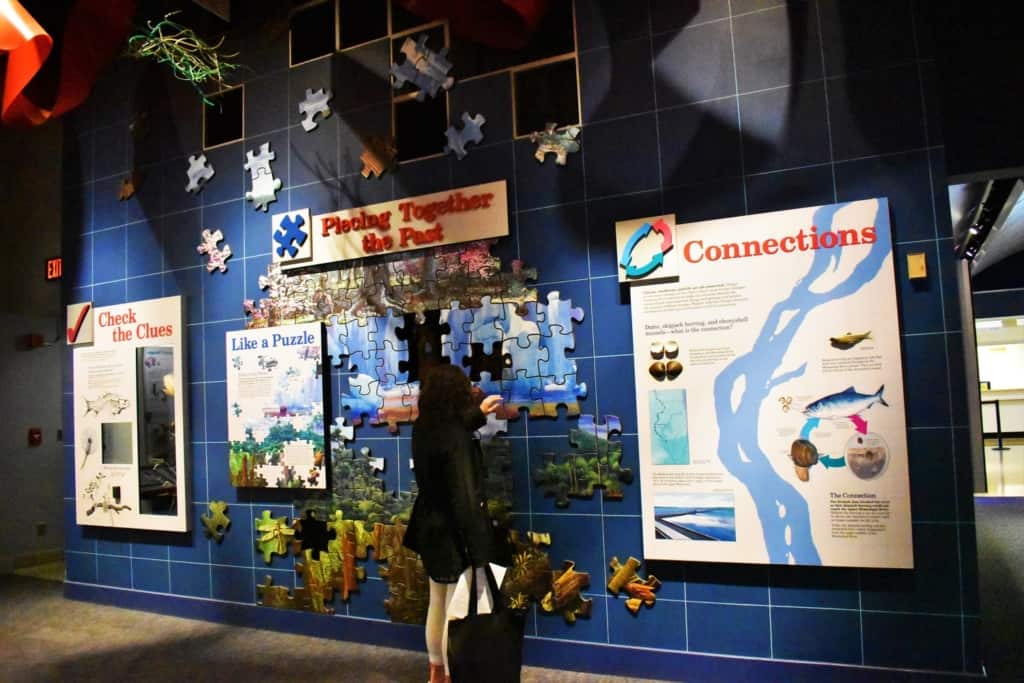
Piecing Together The Past
Like most of the states in America, Illinois has an interesting past. After getting a short orientation from staff, we were ready to head off and explore the Illinois State Museum. The first exhibit area we visited was Changes. This permanent exhibit takes visitors back millions of years, and then leads them through the changes that have occurred since those earliest days. We would find that throughout the museum there are displays set up to engage visitors with an interactive design.
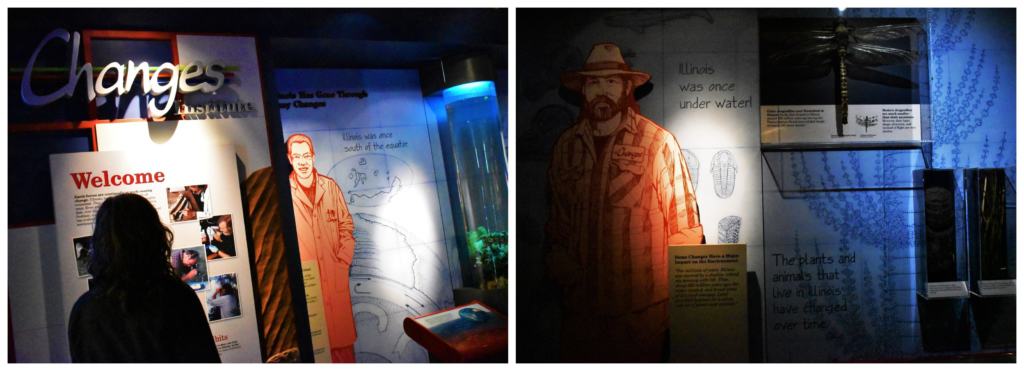
Getting Our Bearings
Much like our home state of Kansas, Illinois was once part of a large seabed. There are plenty of fossils to be uncovered that show some of the activity of those times. As we followed the path through time, we were whisked by millions of years to see what life was like long before man walked these lands. Piecing together the past was helping us discover things we never realized about Illinois.
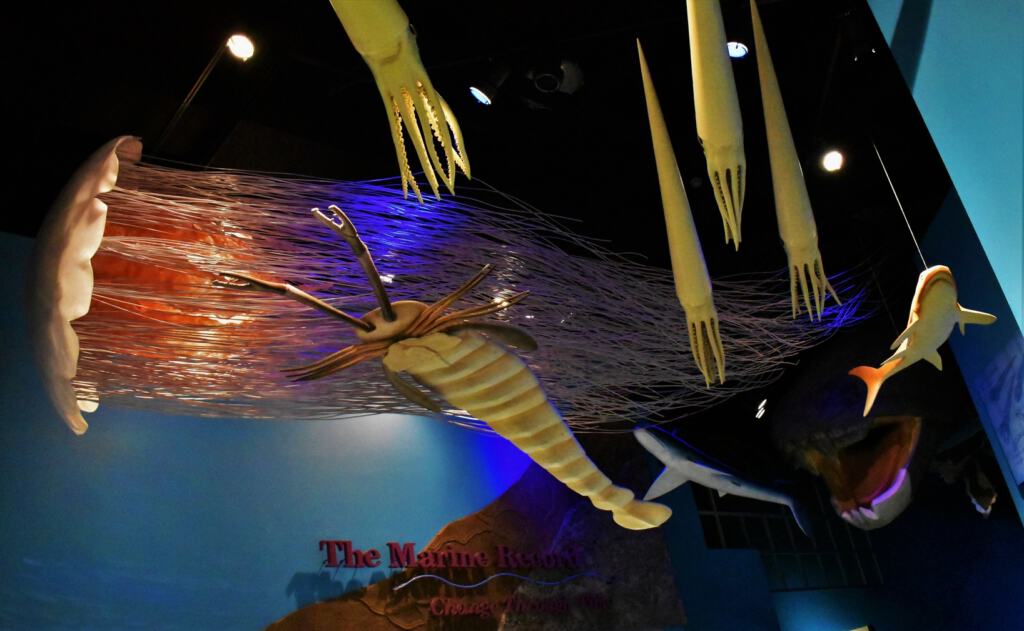
Ocean Dwellers
500 million years ago, Illinois was part of a land mass that held strange creatures. Walking into The Marine Record exhibit, of the Illinois State Museum, we saw massive models of some of these interesting species.
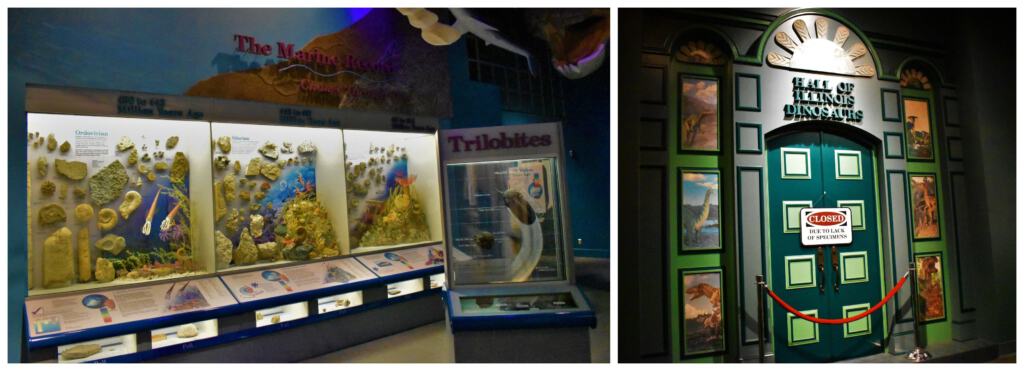
Missing Links
Closer to eye level we discovered displays filled with fossils from the long ago seabeds. While many of these are familiar, since we see them in museums near us, it is still fascinating to think about how huge the water mass must have been. Unlike areas that held higher elevations, like Wyoming or Colorado, Illinois was fairly flat. Being a sea, and not dry ground, means the state is empty when it comes to dinosaurs that roamed the land.
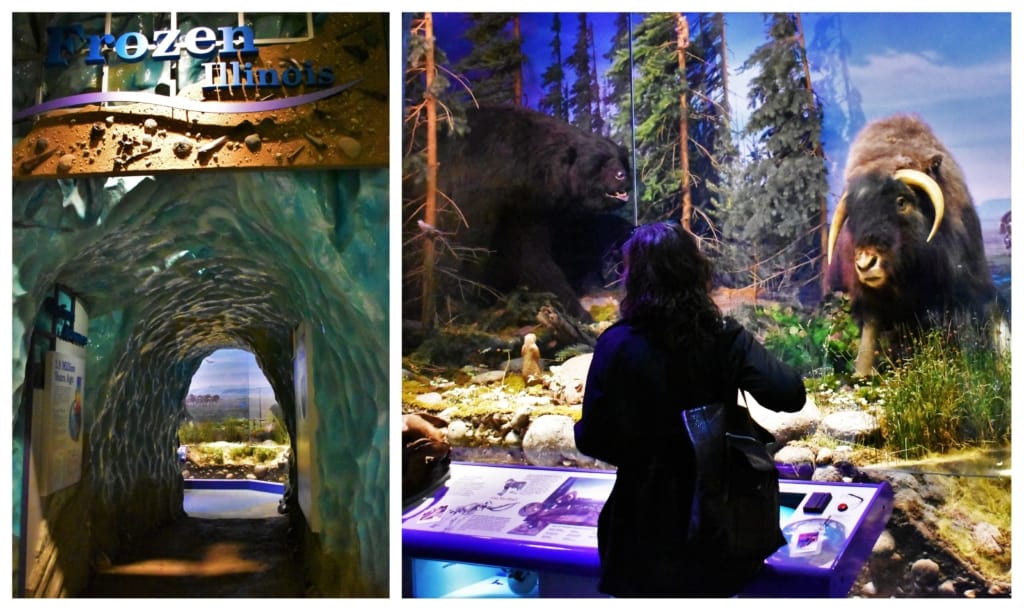
Enter the Ice Age
With a good sense of life in the sea,we made our way forward in time. A fun display has visitors enter the Ice Age through a frozen tunnel. On the other side, we would discover some more familiar figures. The short-faced bear and musk ox roamed these bountiful lands that were uncovered when the waters receded. The Illinois State Museum has interactive displays that allowed us to feel the skull of one of these giant bears, as well as a beaver pelt.
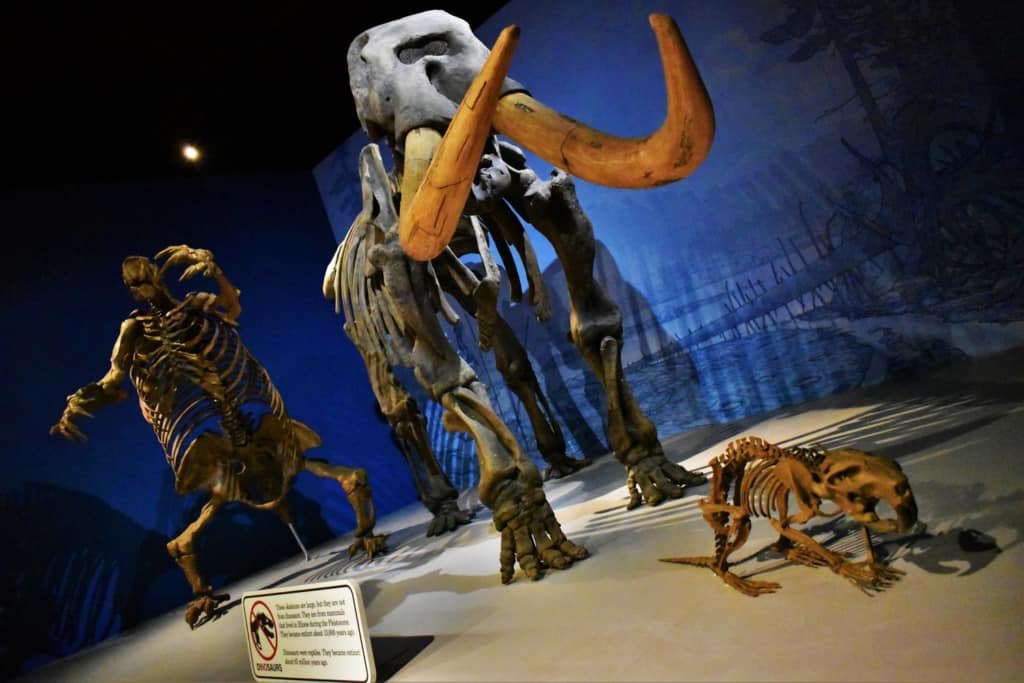
Familiar Figures
Nearby, we were able to get a better sense of the massive scale of these creatures. This is done by piecing together the past using skeletons of a short-faced bear and a mastodon, which towered above us. Alongside we also saw the skeleton of a beaver, which helped us to gauge the scale of these ancient beasts.
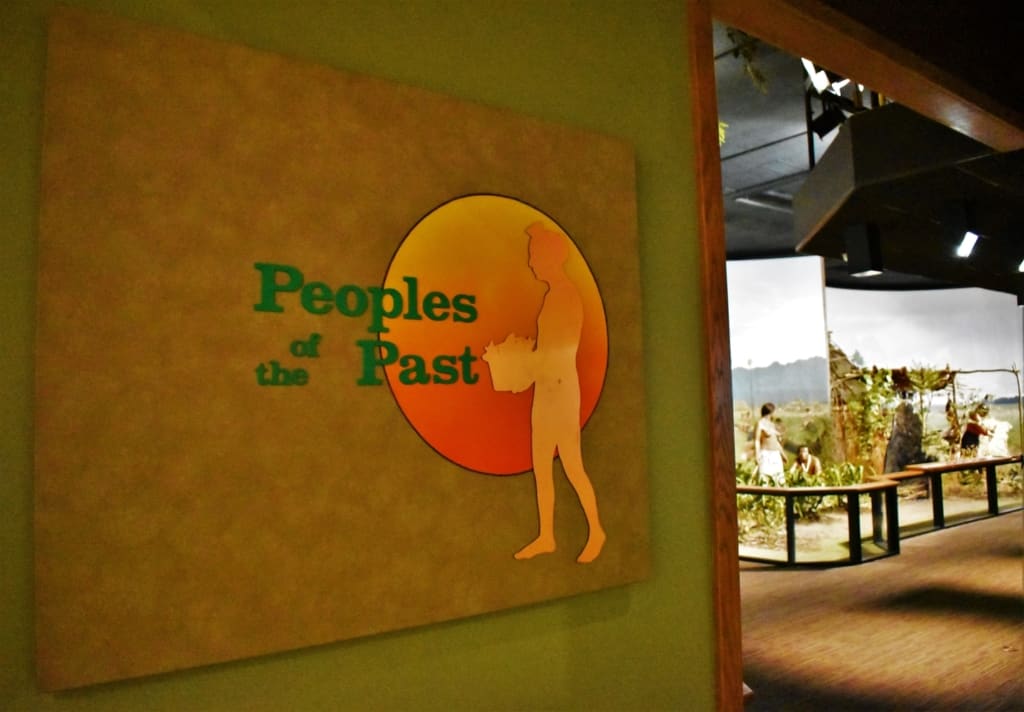
The Early Residents
Moving forward in time, we arrive in the period of the earliest known inhabitants. In the Peoples of the Past exhibit, we found a series of dioramas that showcase the native tribes who occupied the region. Around 12,000 years ago, the early inhabitants lived in caves and hunted the mammoths. Semi-nomadic, they would follow the beasts as they roamed the grasslands.
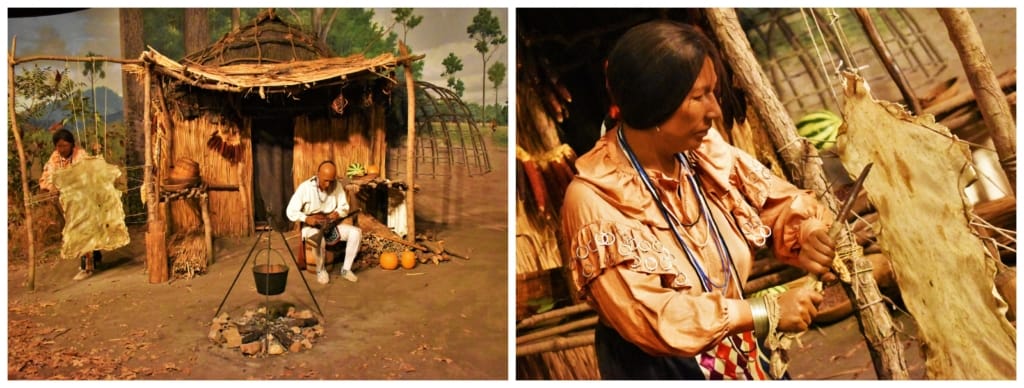
Tools of the Trade
Over time, the culture began to change to become more stationary. They built homes in small villages and added farming to their sources of food. Hunting was still a primary activity, and by 9,000 years ago they were using stone tools and weapons. We were still piecing together the past, but had moved to the point that human inhabitants were becoming commonplace.
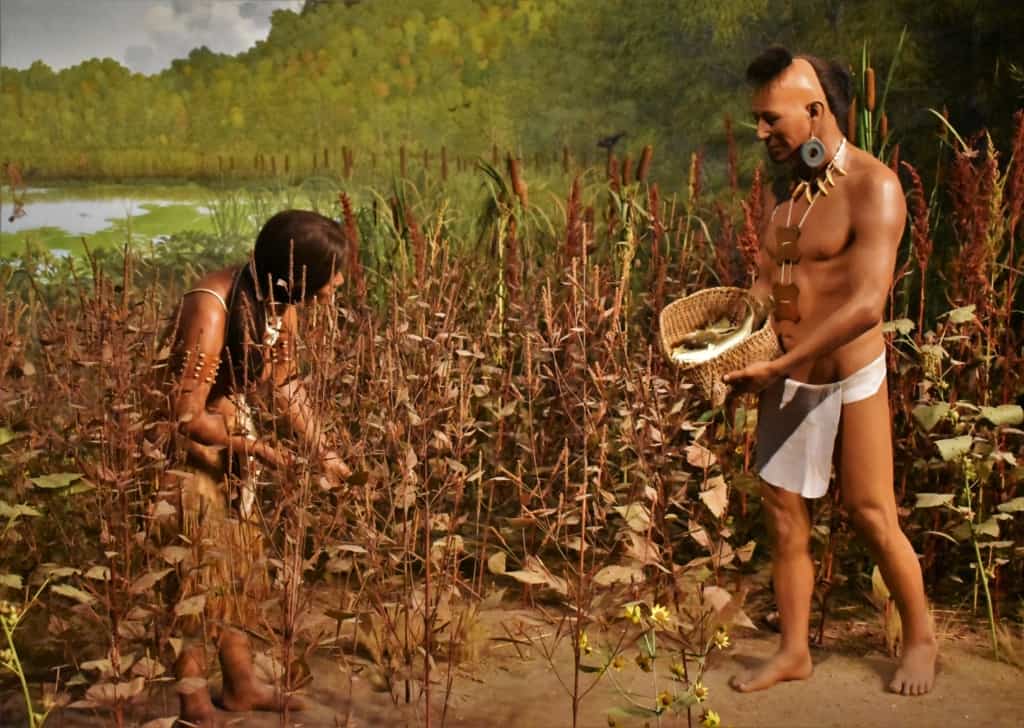
Bounties of the Land
The lands of Illinois offered bountiful resources to sustain these native people. The lakes were a source of fish and crustaceans, and the soil was good for growing a variety of plants. By the time the first European explorers arrived in the 1600s, the natives had established a large confederation of tribes. Much like what would be repeated all across our expanding nation, the intrusion of settlers would eventually push the natives out of their homelands.
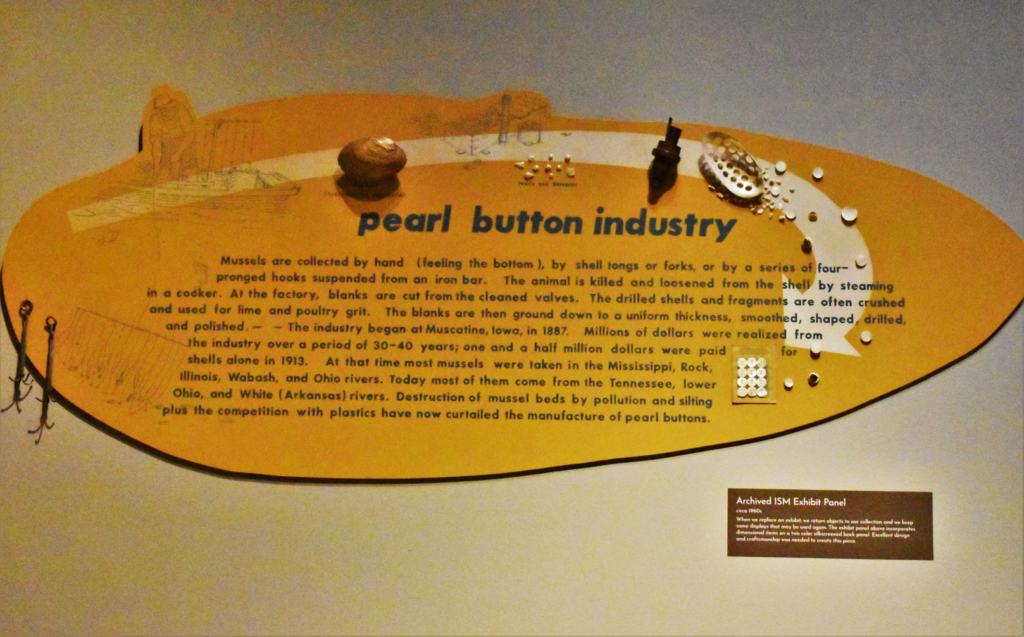
Familiar Industry
As we continued through the displays, at the Illinois State Museum, we came to an exhibit focused on the pearl button industry. This was not the first time we had seen this particular industry being highlighted. In Knoxville, Tennessee, we happened upon a display at the McClung Museum that teaches visitors about this business in the Tennessee River Valley. (You can see that article here.) Evidently, this industry originally took place in other parts of the country.

Button It Up
The Illinois State Museum highlights the details of how the pearl buttons were created. A collection of the tools and equipment used, shows how the buttons were harvested. We found out that the native Indians had also found the mussel shells useful for decoration.
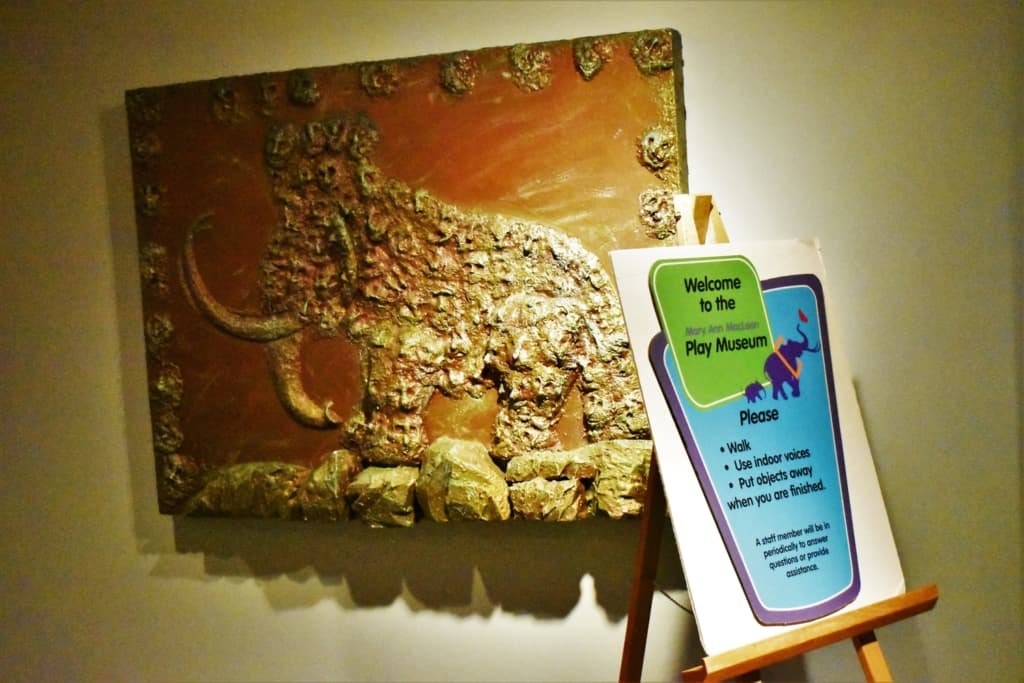
Kid Friendly
Our time was running out for this visit, but there was still a lot to see. We decided to hit one of the areas that would appeal to some of the younger visitors, as well as their parents. The Play Museum is designed for children ages 3 to 10, who are visiting the Illinois State Museum. Of course, the kids must be accompanied by an adult. Filled with an assortment of hands-on activities, this portion of the museum is really fun.
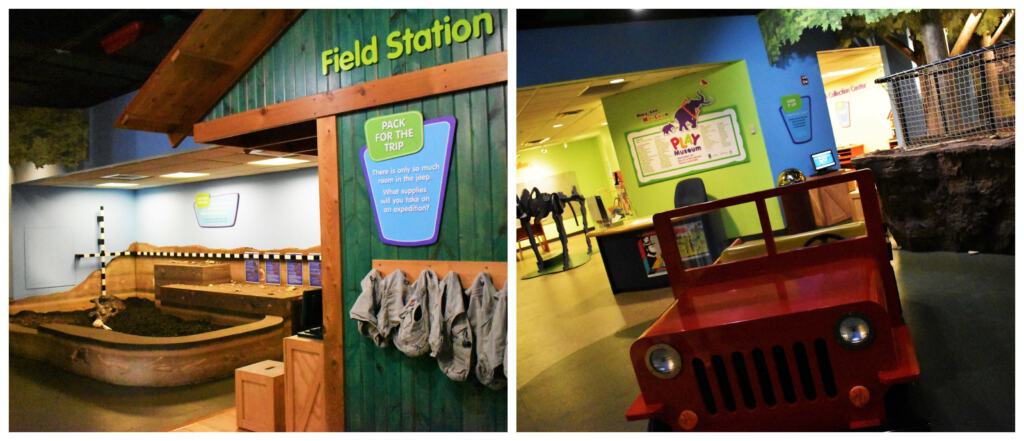
Places to Explore
Information boards placed nearby suggest ways to make the most of each station. A large pit allows kids to become a pint-sized paleontologist, as they dig for fossils. Another station gives them a chance to load up a jeep for their upcoming exploration trip. A collection of fossils, toys, and insects offer hours of fun. After touring the area, we almost wish our kids were still young enough to play there. It was time for us to head to our next stop, but we left with a better understanding of the Lands of Lincoln. As we moved back into the outside world, we knew that telling the story of the Illinois State Museum would be fun. If we could have such an enjoyable time with only a couple of hours, how much more fun would it be for others who could concentrate more time there. How many of you enjoy visiting museums that focus on larger regions?


